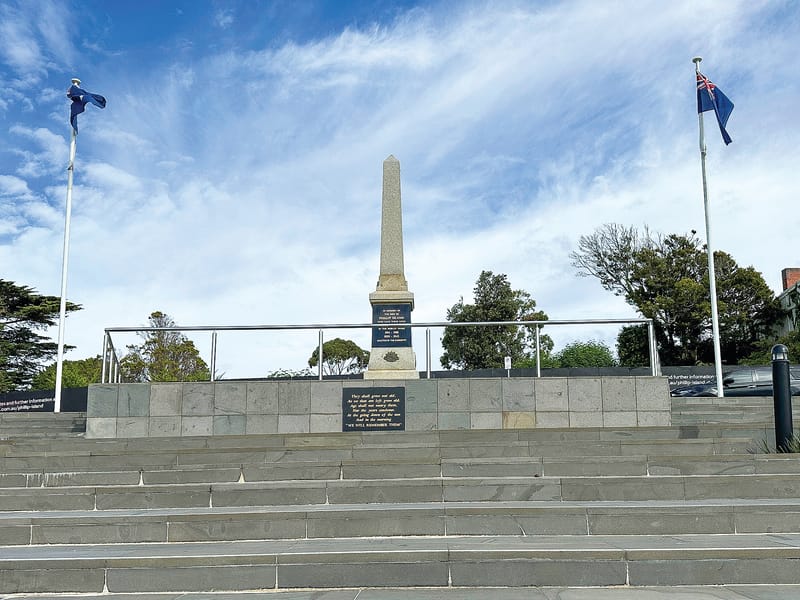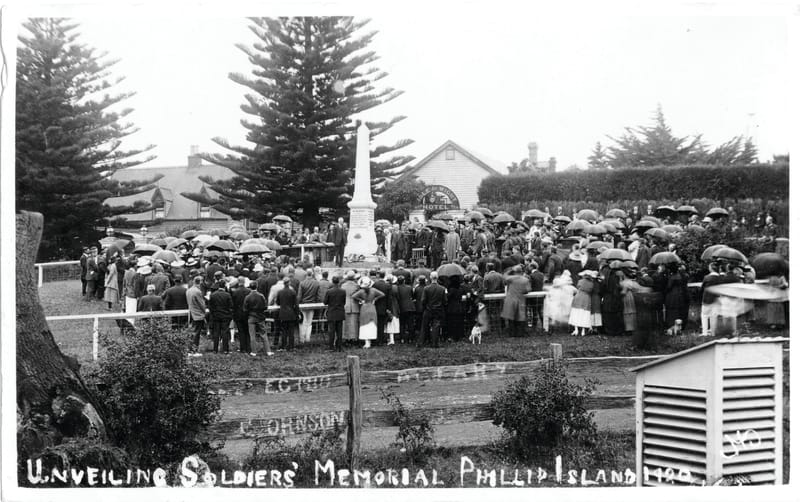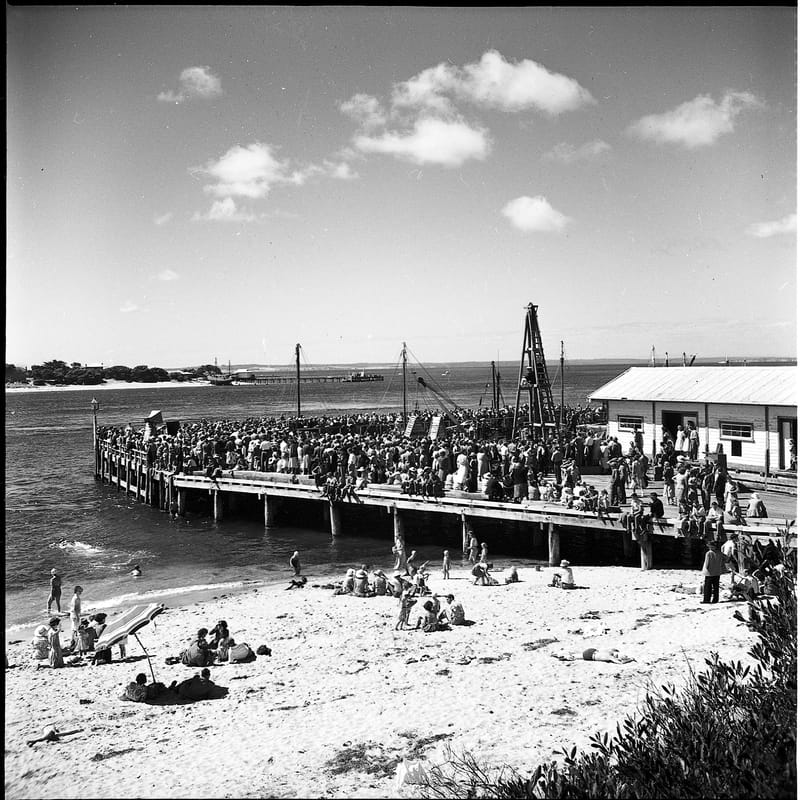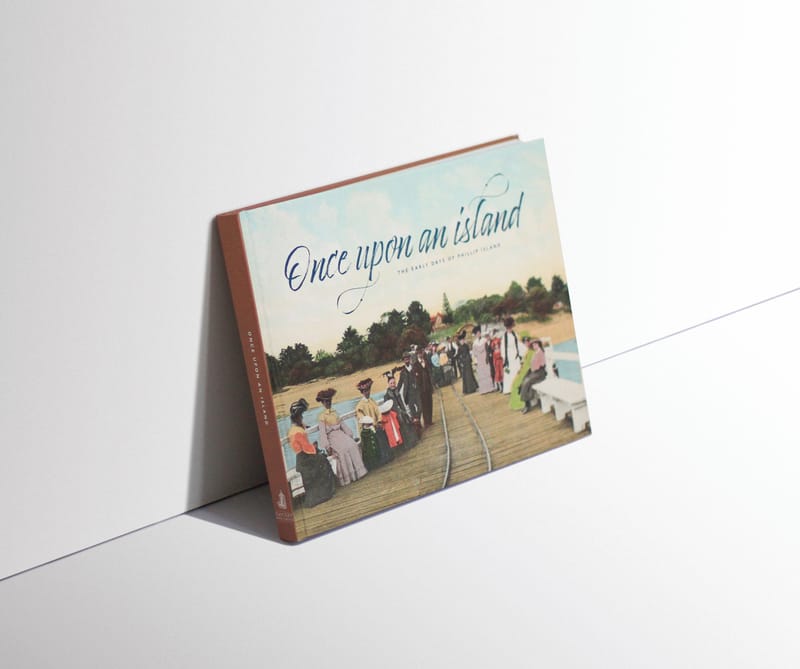The great day came
Island opens for settlement The government of the day needed a lot of convincing that Phillip Island should be opened for settlement. Dr L L Smith, who represented this electorate for over 30 years (1859-1894), moved resolution after resolution in...
Phillip Island opens for settlement: November 3 1868
The state government of the day needed a lot of convincing that Phillip Island should be opened for settlement.
Dr L L Smith, who represented this electorate for over 30 years (1859-1894), moved resolution after resolution in the Victorian Parliament that Phillip Island be surveyed for settlement.
He campaigned for this for over 10 years before he finally carried the day.
Opposition he met with included a report that the Island was scrub land fit only for wallabies.
And that there were over 200 deer and large numbers of hares there, and these would soon disappear if settlement was allowed.
However, the great day came, on November 3, 1868, when a large number of applicants assembled before a Commission at Schnapper Point.
There, 132 lottery tickets were issued, and one by one the applicants selected their land.
These were the free settlers - people who were willing to work regardless of the trials and hardship they would face.
If they occupied their land for two years, they qualified as settlers and were given the land for a very low fee.
All did not go well.
However, all did not go well.
Some crops planted by the first settlers were devastated by plagues and caterpillars, and the transport of goods to and from the mainland was extremely difficult.
Many of the settlers surrendered these initial holdings because of these factors.
These were then purchased by the two people who eventually owned more than half of the Island's 21,000 acres between them.
Mr John Cleeland took over the eastern section and Mr William Harbison the western area.
(John Cleeland’s beautiful home Woolamai House still stands, as does Innis Howen, in Beach Street Cowes, the domicile of Mr Harbison)
But the names of the first settlers have lived on with the blocks of land they vacated.
Their names are still used today to identify farms now occupied by newcomers.
On December 26, 1868 at Rhyll, 31 township lots of up to one acre were sold for 8 pounds per acre.
Then it was announced in the Melbourne Age that a jetty would soon be erected at Mussell Rocks, a name later changed to Cowes, after Cowes on the Isle of Wight in the south of England.
On January 26, 1869, blocks at Cowes were also offered for sale.
The first block was bought by John West for 15 pounds, and on that site the first general store was established.
The year I870 saw the opening, by Bishop Moorehouse, the Dean of Melbourne, of St Philip's Church of England.
By January l882, 100 people attended services each Sunday, and the weekly offerinq averaged four pounds, 11 shillings and two pence.
By I900, some settlers had left the Island and new settlers had arrived. Most of the land owned by Harbisons was now for sale.
By 1914 it had been sold in lots of from 100 to 200 acres, with the price about eight pounds per acre.
The farmers coped with life as best they could by growing chicory, mustard and oaten hay, and also onions and potatoes.
In 1914, the second settlement was almost complete, with farmers growing chicory (which at that time was mixed with coffee).
There was also dairy farming and sheep raising.
With the advent of a ferry service, the Island became increasingly popular as a holiday place.
People saw in its isolation something unique which no other resort could offer.
With the influx of holiday makers, the need to accommodate them became apparent and the era of the boarding house was born.
In later years, these places of accommodation were given the more refined title of guest house, and they became known as good places for family holidays.
Additional rooms on private homes, bungalows, even tents, also sprang into existence to cope with the demand.





